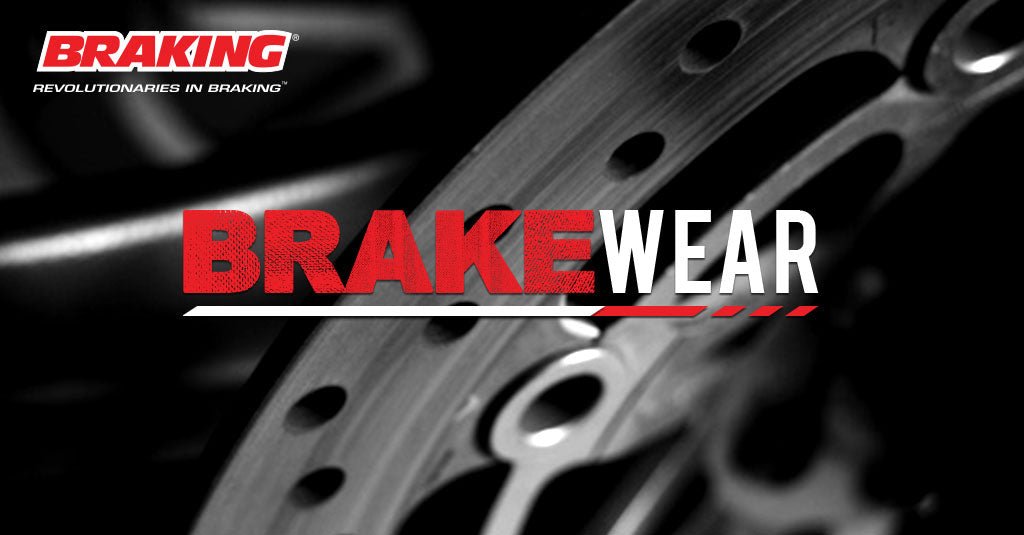
Time to Change Your Brake Components
How long do brakes last? The not so definitive answer is, “it depends.” Mileage and hours really don’t mean much. It all comes down how aggressively the bike is ridden, braking technique and how well each of the brake system components is functioning. That’s why it’s so important to monitor the condition of your brake’s pads and discs. Fortunately, there are three super-simple ways you can gauge wear and maintain top braking performance.
Here are three simple (but often overlooked) ways to know when it’s time to swap out brake components:
Are you still in the groove?
The easiest way to know when it’s about time to replace brake pads? Take a gander into the open end of that brake caliper for a glance at the brake pad profiles. Much the way a tire has wear indicators that show when the tread has worn to minimum acceptable thickness, a brake pad typically has a wear groove indicator cut into the friction material to the minimum safe thickness (usually about 1/8-inch thick). See the groove? You still have some use left. No longer seeing a distinct groove? It’s time to swap out to a new set of pads. Be sure to check both pads—they don’t always wear evenly. You can check thickness visually or use a micrometer to take accurate measurement.
While you’re down there gawking at pads, take a look at the brake disc. Deep grooves, cracks, severe pitting or any uneven wear on the disc can negatively affect braking performance and could mean it’s time to replace the brake disc.
Don’t get squeezed
Often, while riding you can feel when your bike’s brakes are wearing and need attention. As brake pad friction material wears down, you may notice you have to pull the brake lever farther to get the bike slowed down. Or, you may feel vibration or pulsing through the controls as you slow from speed, which could suggest a worn or warped brake disc. When stopped, touch the brake disc itself, feeling for ridges. If ridges are deep or there is a significant difference in disc thickness between the outer edge and the disc face, then it’s time to check disc runout and wear with a proper gauge.
Grinding is for coffee.
Consistent grinding, scraping or squealing sounds during braking aren’t normal. Those sounds could be your bike telling you that brake pads are badly worn, perhaps even through the friction material down to the metal backing plate. And that can mean damaged brake discs and surely compromised braking performance. Don’t waste another second—make a visual check of your bike’s brake pads and discs as described above and replace worn components immediately. Note that some brake material may make slight squealing sound periodically, which is normal. We’ll talk about brake pad material in an upcoming post.
If it is time to replace pads or discs, check out all of the top-shelf brake stuff available for your bike from BRAKING®, the leading manufacturer of OEM and performance aftermarket brake components. You’ll find it all at sunstar-braking.com Have questions or can’t wait for the next installment learn more about braking options? Don’t hesitate to reach out to us with questions.
